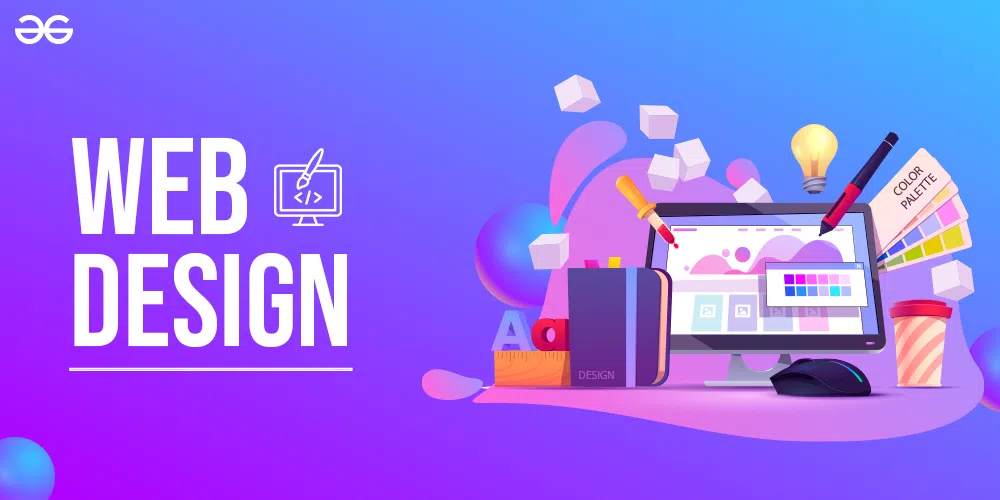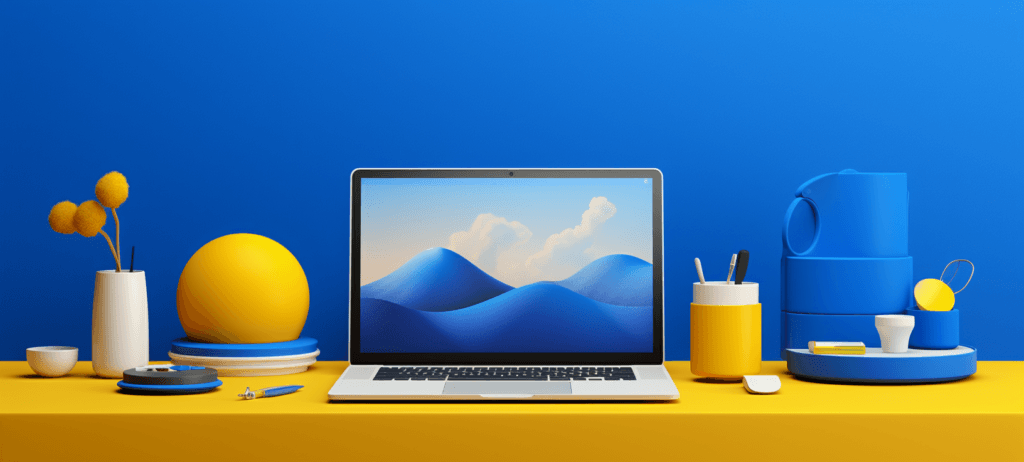Master the Art of Internet Design With These Expert Idea
In today's digital age, having a well-designed and visually attractive internet site is crucial for any company or individual seeking to make a mark online. Nonetheless, understanding the art of internet style needs greater than just an eye for aesthetics. It involves a deep understanding of customer experience, performance, and the current fads and methods. So, just how can you raise your web layout skills to the following level? In this discussion, we will check out professional ideas and techniques that will certainly not only improve the aesthetic appeal of your internet site however also enhance its use and performance. From picking the best shade scheme to integrating effective call-to-actions, these insights will certainly help you create an internet site that not just astounds your audience but additionally drives outcomes.
Picking the Right Shade Palette
When choosing a shade palette for website design, it is essential to take into consideration factors such as brand identification, target market, and overall visual goals. The colors made use of in a website can considerably affect exactly how users perceive and engage with the site. Consequently, it is vital to pick shades that align with the brand's identity and values. A technology firm might decide for a streamlined and modern-day color palette, while a children's brand name may choose bright and playful shades.
In enhancement to brand name identity, the target audience must also be taken into factor to consider when selecting a shade palette. Comprehending the choices and expectations of the target audience can assist develop a aesthetically appealing and interesting internet site.
Finally, the overall visual objectives of the site ought to be thought about when selecting a color scheme. The color pattern ought to match the total design and layout of the site, developing a natural and visually appealing experience for users. Whether the goal is to produce a soothing and tranquil environment or an energetic and dynamic environment, the shade combination need to be thoroughly chosen to accomplish the preferred aesthetic.

Producing Straightforward Navigation
To enhance the customer experience, it is vital to create user-friendly and easy-to-navigate menus for web sites. Straightforward navigating is crucial for assisting site visitors through the different areas and pages of a web site, allowing them to rapidly locate the content they are trying to find. When making the navigation food selection, simpleness is key. Prevent littering the food selection with way too many alternatives, as this can bewilder customers and make it tough for them to choose. Instead, emphasis on providing clear and concise tags for each menu product, making use of acquainted terms that users can conveniently understand.

In addition to clear labels and logical company, it is very important to make the navigation food selection easily available. Position it in a noticeable location, such as at the top of the web page or in a set position, so that individuals can conveniently find and access it from anywhere on the site. Take into consideration using a responsive style method to make certain that the navigating menu remains accessible and useful on different devices, including smart phones and tablet computers.
Including Responsive Layout Methods
In order Webwize Tomball seo to maximize site performance across numerous tools, including receptive design techniques is important. Receptive layout is a website design strategy that permits websites to react and adapt to different screen sizes and orientations. With the enhancing use tablet computers and smart devices, it is crucial for internet developers to develop web sites that supply an optimum watching experience for individuals on all gadgets.
One of the key strategies in receptive layout is making use of liquid grids. As opposed to developing fixed-width layouts, internet developers produce versatile grids that resize and readjust based upon the screen size. This makes certain that the web content on the site stays legible and easily accessible, despite the device being used.
An additional crucial method is using adaptable pictures and media. By setting the optimum size of pictures and video clips to 100%, they will automatically reduce to fit smaller displays. This avoids images from being reduced off or distorted on mobile gadgets.
Furthermore, receptive style includes making use of media inquiries to apply various styles and formats based upon the device's display size. This enables web developers to create a seamless experience by tailoring the presentation of material according to the device being made use of.
Optimizing Site Speed and Efficiency
One vital aspect of internet style is optimizing web site rate and performance. In today's hectic electronic globe, individuals have little patience for slow-loading web sites. A slow-moving site can cause a poor individual experience, high bounce rates, and reduced online search engine positions. To ensure that your web site executes at its best, there are a number of strategies you can carry out.
Firstly, optimizing pictures is necessary for boosting website speed. Images need to be properly compressed and resized to minimize their data dimension without giving up top quality. This can be done using picture optimization tools or plugins.
One more crucial aspect to take into consideration is internet site caching. Caching entails saving static versions of websites to ensure that they can be rapidly gotten rather than producing them from the ground up each time a customer visits the website (Webwize Tomball Web Developer). This substantially minimizes loading times and improves overall efficiency
Minifying CSS and JavaScript documents is one more efficient technique. Removing unneeded whitespace, comments, and reducing code intricacy can considerably enhance website rate.
Carrying Out Efficient Call-to-Actions
Developing engaging and convincing call-to-actions is a vital element of effective internet style. A call-to-action (CTA) is a prompt or guideline that motivates users to take a certain action on an internet site, such as buying, registering for an e-newsletter, or getting in touch with the company. Carrying out effective CTAs can substantially improve customer interaction and conversion rates.
To create compelling CTAs, it is essential to utilize clear and concise language that shares the value proposal and advantages of taking the preferred action. The CTA must be aesthetically popular on the page, using contrasting design and colors aspects that attract the user's interest. In addition, utilizing action verbs and developing a sense of seriousness can better enhance the efficiency of the CTA.
Furthermore, it is essential to position the CTA tactically on the web page. Placing it above the fold, where it is quickly visible to individuals without requiring to scroll, can considerably boost its presence and click-through prices. It is also useful to check various variants of CTAs to identify which ones resonate finest with individuals and drive the highest possible conversion prices.
Verdict
In conclusion, mastering the art of website design calls for focus to numerous components such as shade scheme choice, easy to use navigating, receptive style methods, web site rate optimization, and reliable call-to-actions. By carrying out these specialist pointers and methods, internet developers can produce aesthetically attractive and useful web sites that improve customer experience and drive wanted actions.
The shades made use of in an internet site can substantially affect just how individuals engage and view with the site.In order to maximize internet site performance across various devices, including receptive design strategies is necessary. Receptive design is an internet design strategy that permits internet sites to respond and adapt to different screen dimensions and orientations. With the raising usage of mobile phones and tablet computers, it is important for internet developers to produce web sites that give an optimum viewing experience for individuals on all devices.
